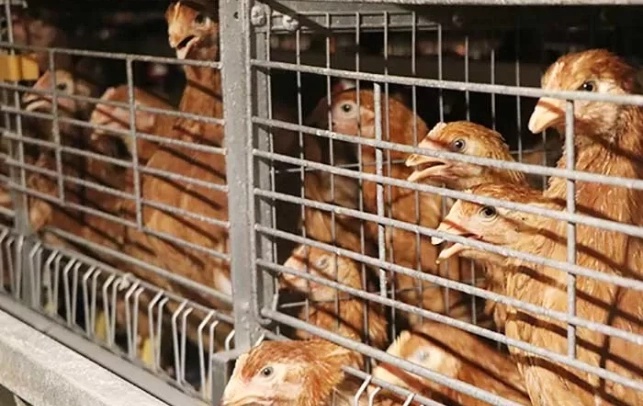The Impact of Slatted Floor for Poultry vs. Cage on Meat Chicken
2024-06-06
The debate between using slatted floors and cages for meat chicken production is a topic of interest and importance in the poultry industry. Both systems have their advantages and disadvantages, affecting various aspects of chicken welfare, productivity, and overall farm management. In this comprehensive article, we will delve into the impact of using slatted floors versus cages for meat chicken production, considering factors such as animal welfare, hygiene, efficiency, and economic implications.
1. Animal Welfare Considerations
Slatted Floors:
Slatted floors provide chickens with a more natural environment compared to traditional cage systems. Chickens raised on slatted floors have more space to move around, stretch their wings, and exhibit natural behaviors such as dust bathing and perching. The increased space and freedom of movement can contribute to improved animal welfare and reduced stress levels among the birds.
Cages:
Cage systems, on the other hand, confine chickens to limited space, restricting their movement and natural behaviors. Chickens raised in cages may experience higher levels of stress, frustration, and aggression due to overcrowding and lack of environmental enrichment. This can have negative implications for animal welfare and may lead to health issues and reduced overall well-being.
2. Hygiene and Disease Control
Slatted Floors:
Slatted floors allow for better air circulation and waste removal compared to cage systems. The gaps in the slats facilitate the drainage of urine and feces, reducing the build-up of ammonia and harmful bacteria in the environment. This can help maintain better hygiene levels in the poultry house and minimize the risk of disease transmission among the birds.
Cages:
Cage systems can pose challenges in terms of hygiene and disease control. The accumulation of waste in the cages can create unsanitary conditions, leading to the spread of pathogens and increased risk of disease outbreaks. Proper cleaning and disinfection of cage systems are essential to prevent health issues and maintain flock health.

3. Efficiency and Productivity
Slatted Floors:
Slatted floor systems can promote better growth rates and feed conversion efficiency in meat chickens. The increased space and ability to move around freely can reduce stress levels and improve overall bird health, leading to enhanced productivity. Additionally, the improved air quality and waste management associated with slatted floors can contribute to better performance and lower mortality rates among the birds.
Cages:
Cage systems are known for their efficiency in terms of space utilization and ease of management. Chickens raised in cages are easier to monitor, feed, and handle, which can streamline daily operations on the farm. However, the limited space and lack of environmental enrichment in cage systems may have negative effects on bird welfare and productivity in the long run.
4. Economic Implications
Slatted Floors:
While the initial investment in slatted floor systems may be higher than traditional cage systems, the long-term benefits in terms of improved animal welfare, productivity, and disease control can lead to higher profitability for poultry farmers. Healthier, more productive birds can result in higher meat yields, better feed efficiency, and ultimately, increased revenue.
Cages:
Cage systems are often favored for their cost-effectiveness and ease of management. However, the potential negative impacts on animal welfare and the increasing consumer demand for ethically produced meat products may influence the economic viability of cage systems in the long term. Poultry farmers may need to consider transitioning to alternative housing systems to meet evolving market trends and consumer preferences.
Conclusion
In conclusion, the choice between using slatted floors and cages for meat chicken production involves a careful consideration of various factors, including animal welfare, hygiene, efficiency, and economic implications. While both systems have their pros and cons, it is essential for poultry farmers to prioritize the well-being of the birds, maintain high hygiene standards, optimize productivity, and ensure long-term profitability. By weighing the advantages and challenges of each housing system and implementing best practices in poultry management, farmers can make informed decisions that benefit both the chickens and the overall success of their operations.


 English
English








